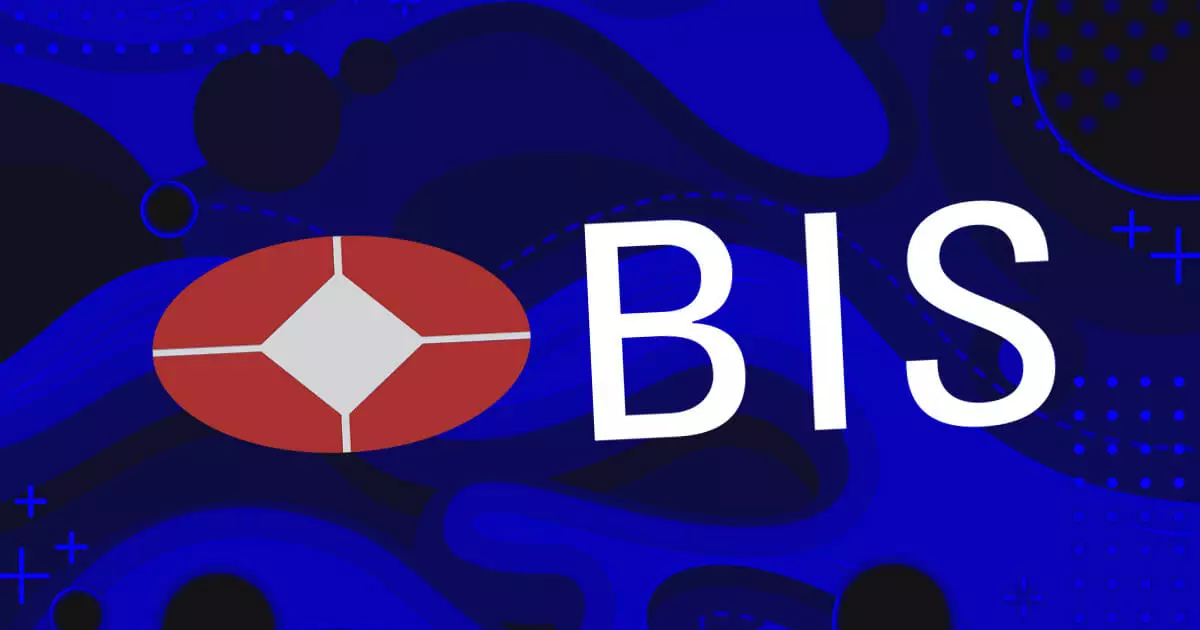In recent years, the financial sector has witnessed an exponential interest in tokenization, the innovative process of transforming real-world assets (RWAs) into digital tokens. This concept promises enhanced transaction efficiency and reduced operational costs. As traditional banks and financial institutions delve deeper into this realm, they are eager to harness the benefits of tokenization, which include automated processes and improved liquidity. However, despite the shining prospects, concerns linger regarding governance structures, regulatory frameworks, and the implications for financial stability.
The promise of tokenized transactions—facilitated by mechanisms such as delivery-versus-payment (DvP) and payment-versus-payment (PvP)—offers significant advantages. The Bank for International Settlements (BIS) acknowledges that tokenization has the potential to revolutionize market dynamics, significantly lowering transaction costs while enhancing the speed and reliability of settlement processes. However, this optimistic outlook is tempered by the reality that the landscape for digital assets is fraught with uncertainties. Legal ambiguities around tokenized assets pose a substantial challenge; the extent to which existing financial regulations apply to this new format is still largely undefined.
One pressing issue highlighted revolves around the classification and treatment of tokenized financial products. For instance, in the United States, standard repurchase agreements benefit from specific legal protections an oversight that may not extend to their tokenized equivalents. This uncertainty could lead to significant repercussions, emphasizing the need for a cohesive legal framework that addresses the unique characteristics of tokenized assets.
As financial institutions experiment with tokenization, questions arise about the implications for central banks and their traditional functions. The BIS is particularly concerned about the potential for tokenization to disrupt established roles in monetary policy and oversight. If tokenized assets gain traction, central banks may need to recalibrate their approach to financial stability and regulatory oversight, investigating the potential trade-offs between various types of settlement assets.
Furthermore, it is crucial for policymakers to foster an environment that encourages innovation while simultaneously ensuring sufficient regulatory measures are in place. A delicate balance is necessary to mitigate risks associated with tokenized assets while allowing financial institutions the freedom to explore new avenues of growth.
Despite these lingering concerns, many prominent financial institutions, including Barclays, Citigroup, and HSBC, are actively pursuing tokenization projects. Testing initiatives such as the UK’s Regulated Liability Network (RLN) are paving the way for innovative products like tokenized deposits and programmable payments. Forecasts by Tren Finance indicate substantial market growth, projecting that the total value of tokenized RWAs could soar between $4 trillion to $30 trillion by the end of the decade.
While the allure of tokenization is undeniable, it is essential for stakeholders in the financial industry—including regulators, banks, and investors—to approach the phenomenon with both enthusiasm and caution. By fostering a collaborative dialogue around the regulatory landscape, financial institutions can navigate the complexities of tokenization while capitalizing on its immense potential to reshape market structures. As we look forward to the future of finance, a thoughtful balance between innovation and regulation will be critical in securing a sustainable path forward.



















Leave a Reply